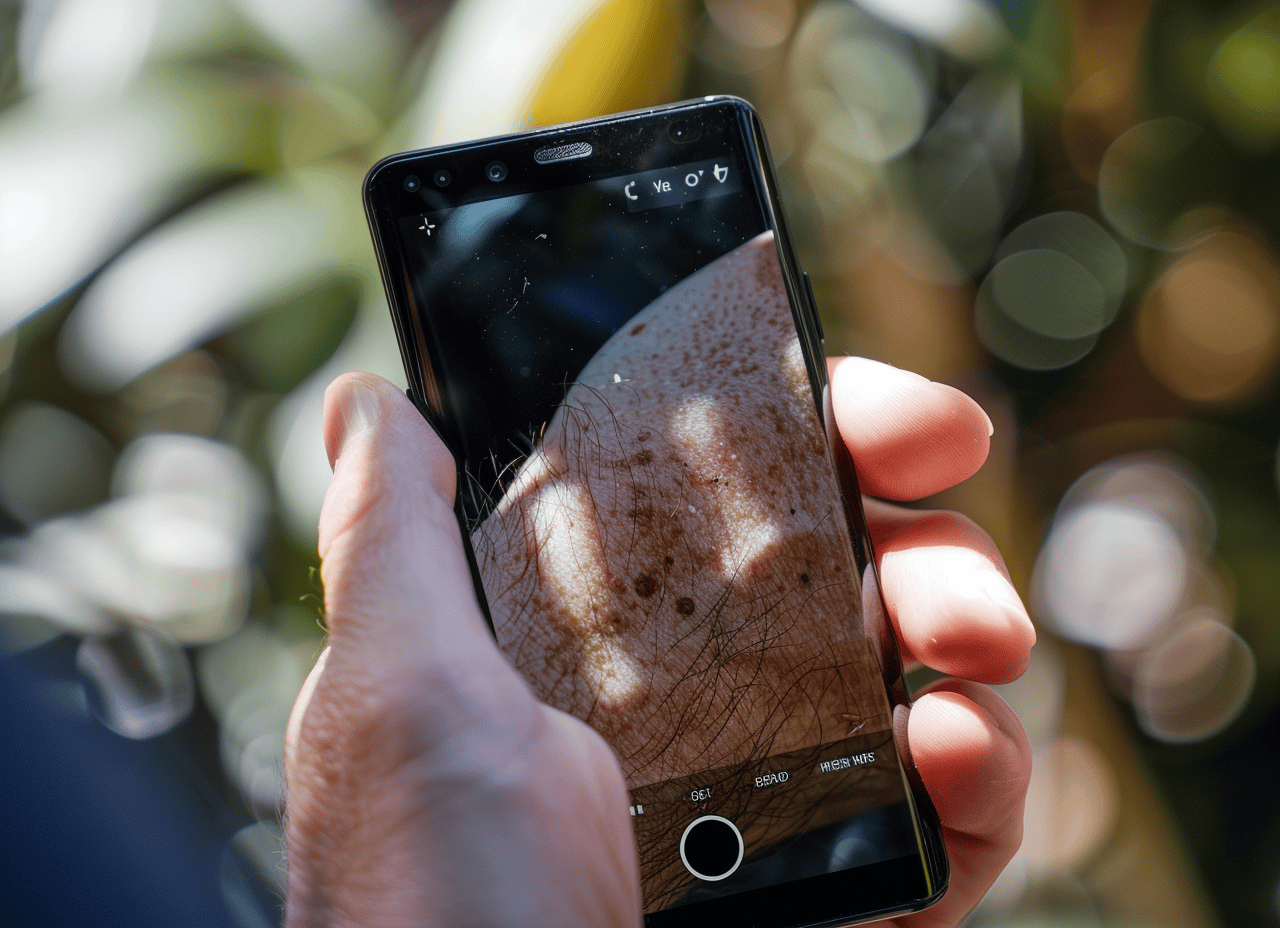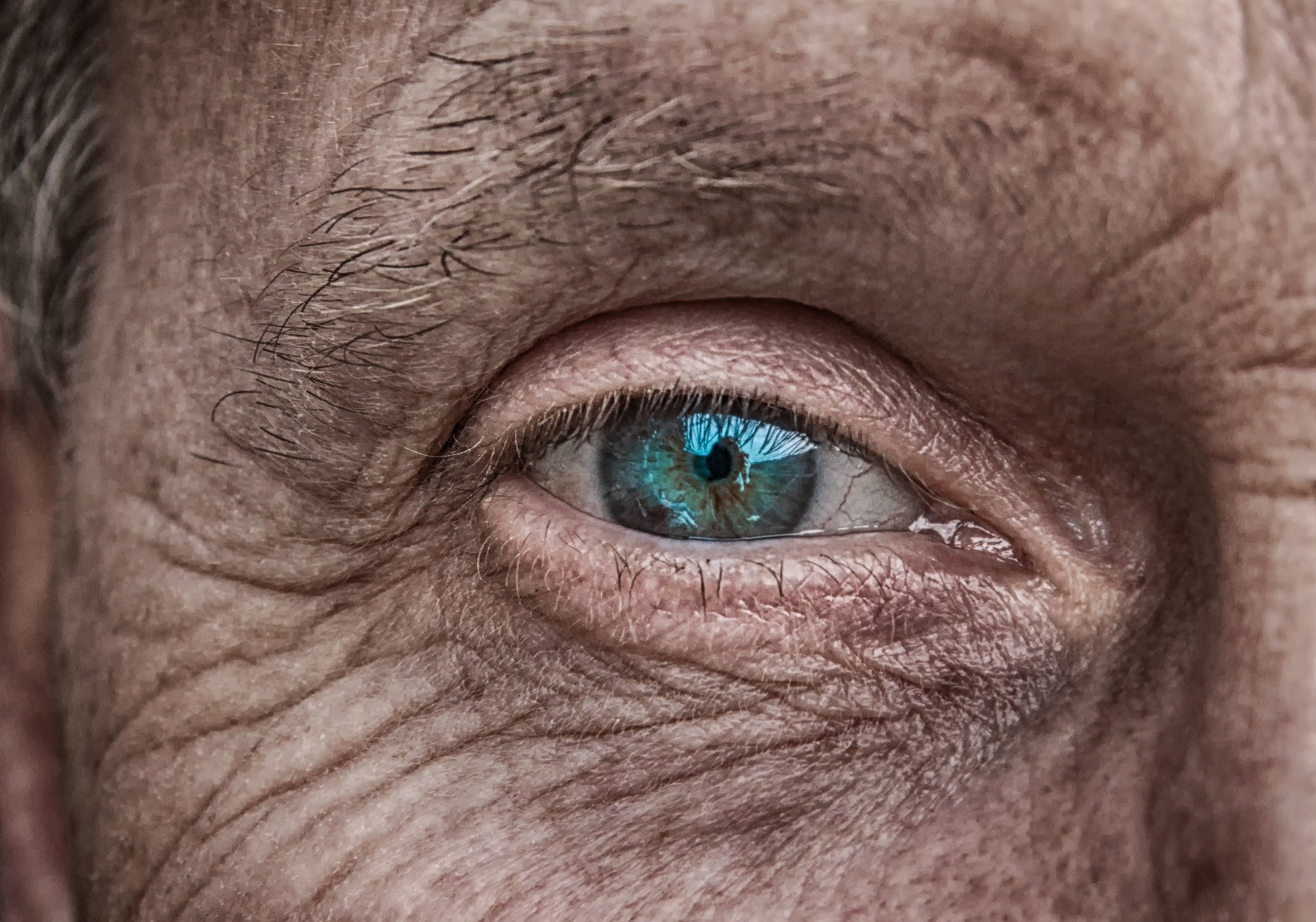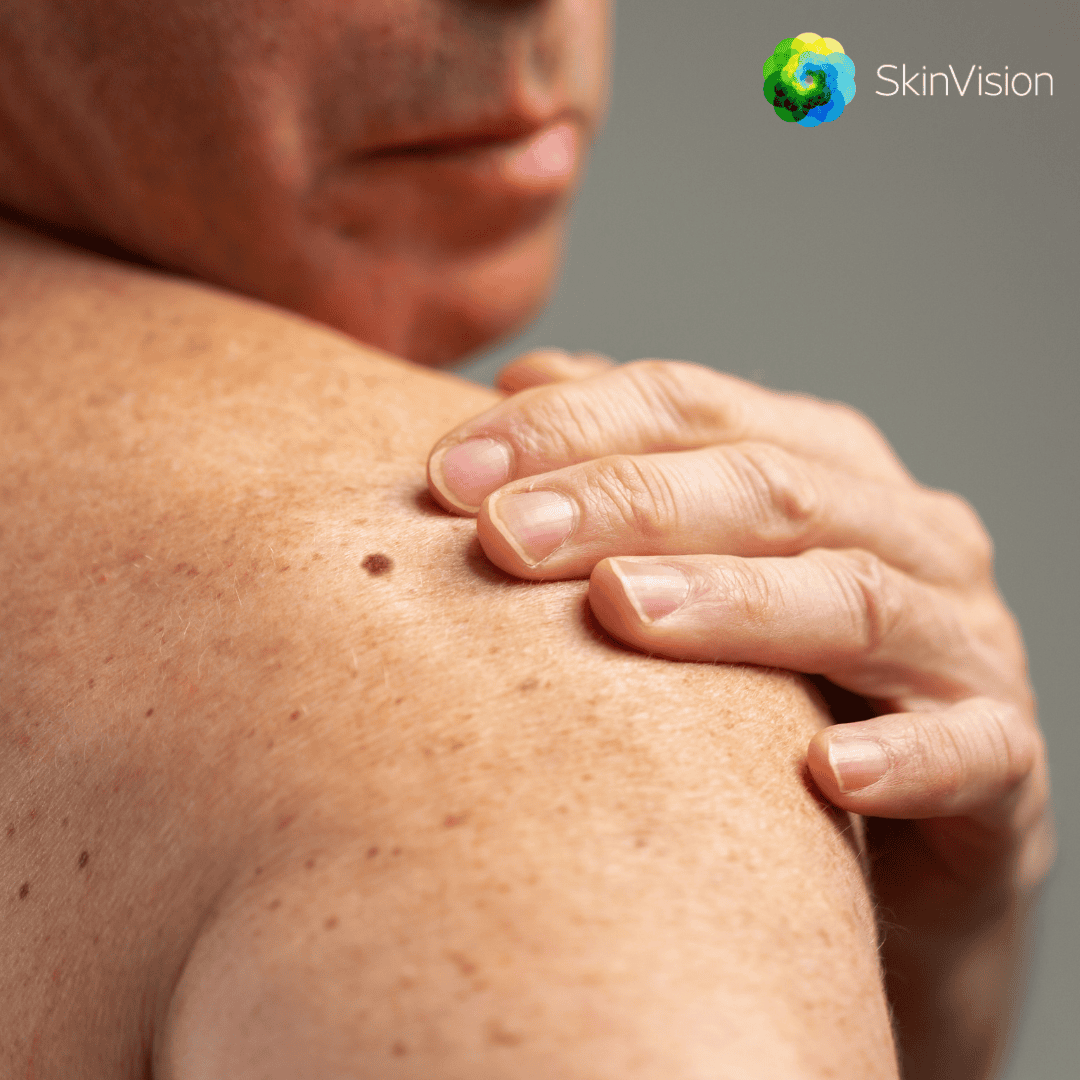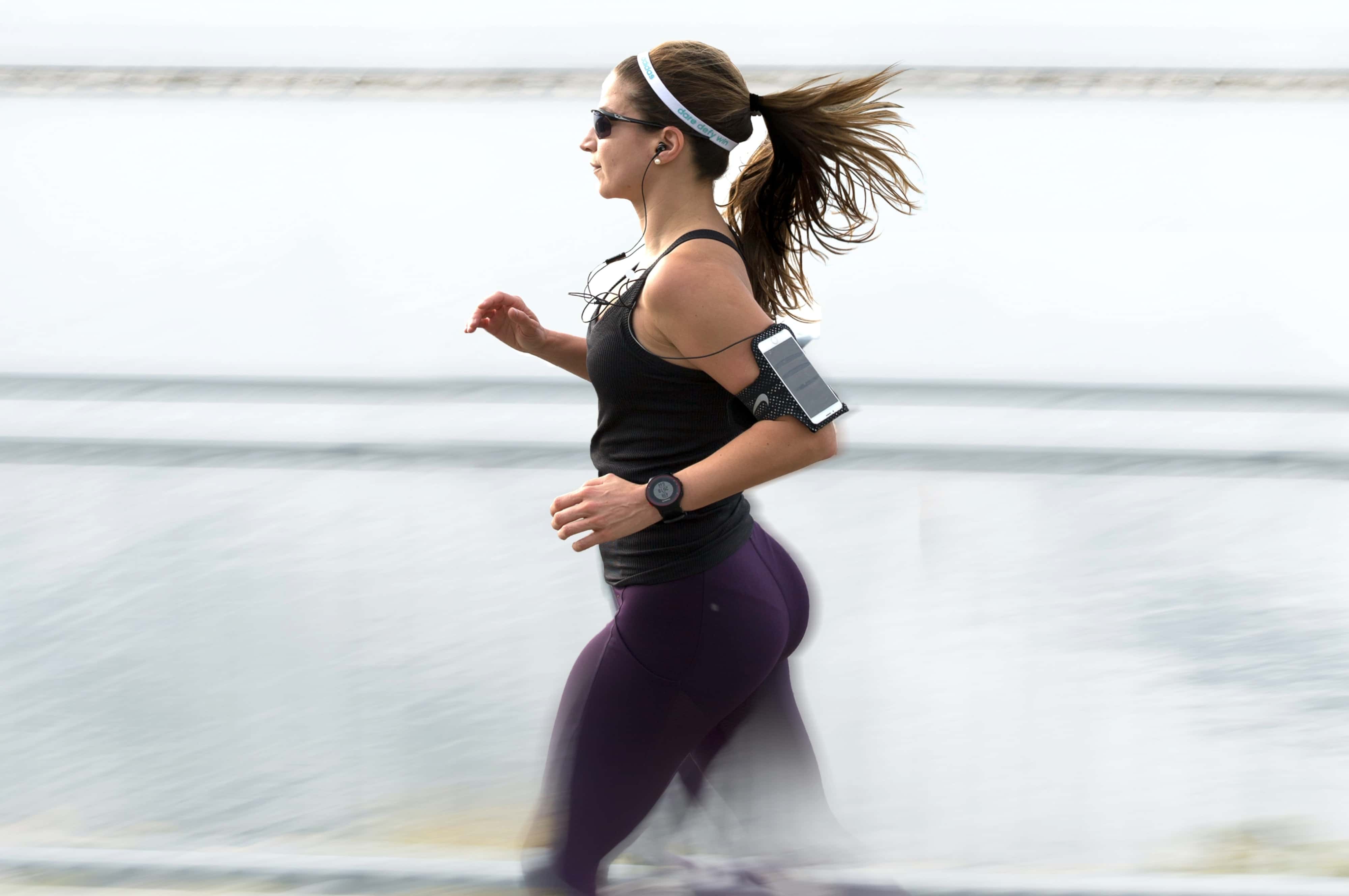
From time to time, we all, looking in the mirror, find out that a new mole has appeared on our skin. The most hypochondriac ones are likely to rush browsing the internet to quickly find out that they might be affected by many incurable diseases. Often— although a medical check is always good— there is not that much to panic about. Rather than getting lost in the rabbit hole of Google search results, the health tech company’s Skinive smartphone app gives its users a first answer after taking a picture.
Why this is important:
Among the possibilities AI offers is its capability to process images, understand the content, and recognize patterns within them. This can come in handy for early disease detection, both X-ray scans and our skin.
Skinive comes in a step before accessing care as a prediagnostic tool. Simply put, it advises you whether or not that mole is dangerous and what doctor to talk to for the rash that appeared on your skin. In a way, it gives the user a first answer— not a definitive one. “We help people understand when they need to visit a doctor and what specialist to refer to,” clarifies Kirill Sokol, CEO of Skinive.
Image processing is one of the most powerful possibilities offered by artificial intelligence AI applications that work with it can understand, interpret, and manipulate visual data and pictures. Most importantly, they can extract information from images. Such potential can be of great help in healthcare, too. In general, any help is welcome in a sector that faces an aging population and a personnel shortage, leading to long waits for specialist checks already today.
The first answer
As in any other smartphone app, users can create a profile. There, they fill in their data and set their skin tone. Then, they can start scanning. When taking a picture, Skinive’s algorithm does some checks. First, at least seventy percent of the photo must be covered by skin to be processed. Then, if the picture is blurred, it doesn’t analyze it.
After taking a picture of the skin pathology, the app provides a risk assessment and an indication of the disease. The app also saves the user’s skin scans and keeps track of them. “If you want to repeat the skin test on a mole, you can compare its condition at different moments in time,” explains Sokol.
Recently, the app passed the two million analysis milestone, providing 100.000 scans per month. Over 250.000 people downloaded the app. The Amsterdam-based company was officially founded in 2020, but its journey started three years before. The team worked in stealth mode for that period, researching and building a database. Nowadays, Skinive’s app can distinguish the fifty most common skin diseases.

Helping medical professionals
Besides the smartphone app for general consumers, Skinive also offers support to healthcare professionals. In fact, Sokol’s team also offers a version of their app for primary care specialists, such as general practitioners (GPs). This way, non-specialized doctors can access the app’s prediagnostic capability, helping their patients better. Skinive obtained medical certification, so that it can be used in medical settings.
Sokol: “Skin conditions are one of the main reasons patients visit their GP. Therefore, we also developed a version for them, with a symptom checker that helps understand what is dangerous and what specialist patients need to refer. In a way, we help front-line doctors discern symptoms similarly to how a dermatologist does.” Skinive envisions connecting the smartphone and the doctors’ app in the future.
According to Sokol, being open with doctors about the technology and explaining it in detail helps break the skepticism that might exist about AI. Skinive faced such resistance at the beginning of its journey, but “little by little, we are breaking that barrier,” says Sokol.
This is an article from our magazine IO Next: AI for good. The fact that AI is becoming an increasing part of our lives is a given. But what impact will this technology have on our lives in the future? This magazine edition focuses on precisely that question.
AI’s impact
More and more experts talk about AI as a horizontal technology that impacts all domains. Healthcare is no exception, and AI strengths can greatly benefit the sector. For instance, several research groups investigated the potential of AI to detect cancer from X-ray scans, often proving that it is better at it than humans.
Before starting Skinive, Sokol was the head of telehealth, a company that offered telemedicine services—similarly to Zoom, these technologies offer care from a distance. Telemedicine is surely an important innovation for the healthcare sector, but AI’s potential is unmatched, according to Sokol. “AI can deliver more value to consumers and professionals, from analyzing pictures to creating new molecules. However, AI can’t replace doctors, but can help them in their practice,” he states.
Room for improvement
With AI just beginning its development, Sokol sees a lot of room for growth. “I see more space for improving. We covered the fifty most common skin diseases, but dermatology knows hundreds more. We could also look at nail and hair diseases. And our technology can be implemented elsewhere, such as in smart mirrors or other medical devices.” Skinive’s CEO envisions.
The application has been available in its English version for some years in all of Europe. This year, Skinive plans to launch a German and a French version to cater to more users. “Nowadays, everyone wants to look healthy and beautiful. Seeing our users’ positive feedback motivates me to continue this journey,” Sokol concludes.








